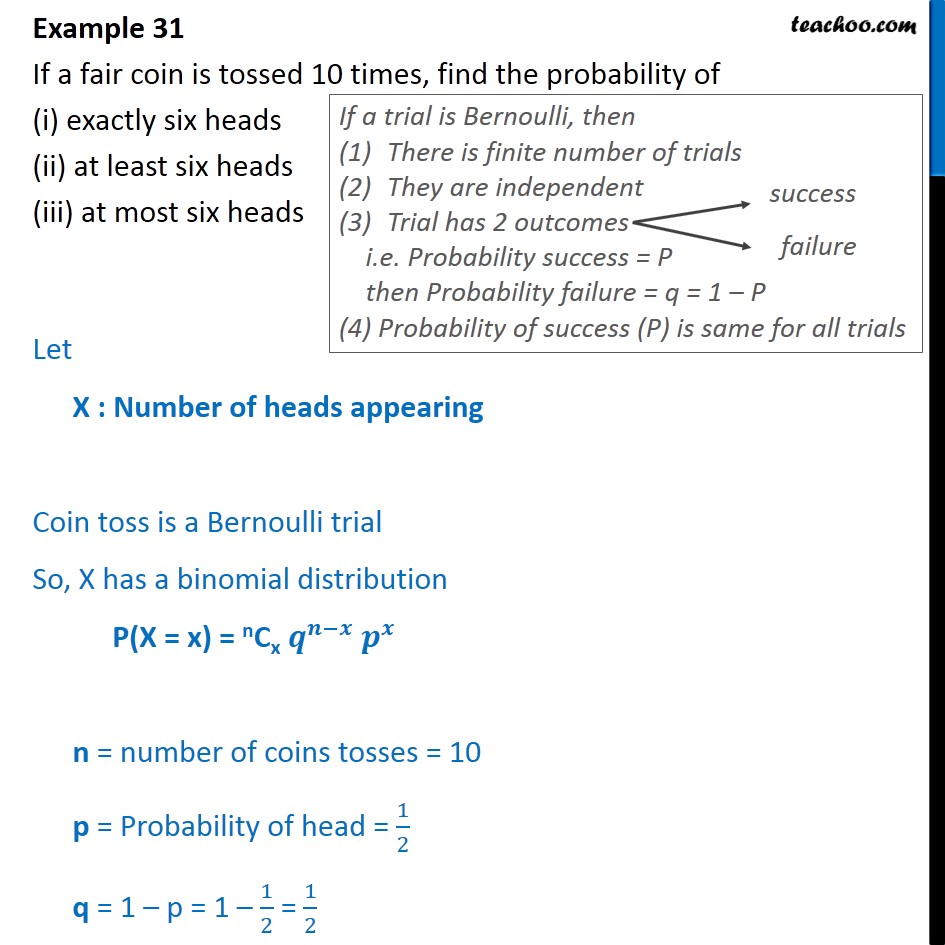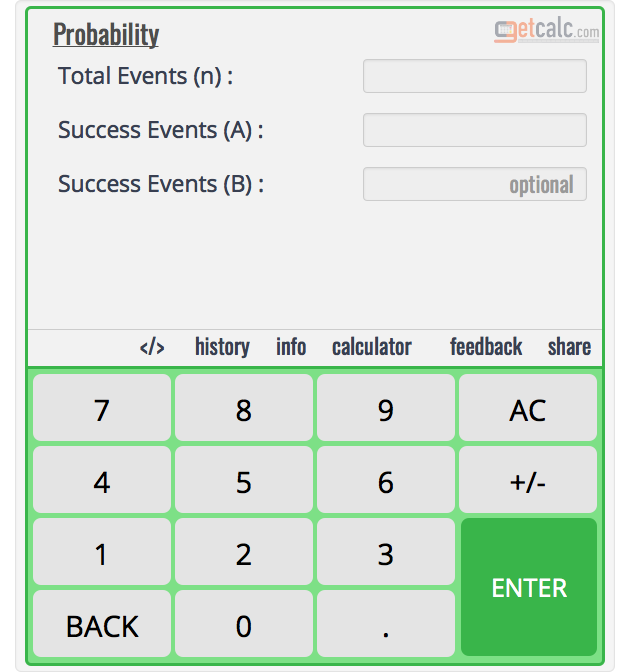


People will conclude that there must be something wrong with these fiveīuildings, and seize on some unusual characteristic - proximity to a The answer is that 3,679 building will have no cases at all,Īnd five buildings will have six cases. Have six cases? Enter 1 in the "m (Intensity of Process)"īox and 10,000 in the "Number of Observations" box. How manyīuildings will have no cases at all in a given year? And how many will Just another airhead example of the "Law of Averages" fallacy.Įxample: Assume 10,000 office buildings, eachīuilding having 100 workers, and each worker having aġ/100 chance of developing nostril spasms in a given year. A better reason might have been to reject the prosecution's argument as A federal magistrate wisely dismissed the case,īut only because a nearby Walmart had a similar number of drug offenses. With 50,000 hotels and motels ("Population"), 24 would have 14 incidents, 8 would haveġ5, 2 would have 16, and 1 would have 17. Of one incident per hotel every three years (m=5 for the 15-year period), we would expect, Motels in the United States, assuming a 15-year interval and an average

District Attorney Carmen Ortiz broughtĪ civil forfeiture action against a motel that had 15 drug-related (For a comparison of Clarke's results to binomial results, see Notes section below.)Įxample: The celebrated Motel Carswell forfeiture case Click here to replicate Clarke's results using this calculator.Ĭlick here to see Clarke's article. That the observed hit clusters resulted by chance. The numbers very closely matched the actual distribution, suggesting V-1's were striking at random throughout the area. The total number of hits in the area was 537 - 0.932291667 per section.Ĭlarke then used the Poisson distribution to calculate how many sections could expect 0, 1, 2, 3, 4, or 5 or more hits, if the Of South London into 576 sections of ¼ square kilometer each. Given the poor accuracy of the V-1, this seemed unlikely, but to test the assertion, R. Reason.Įxample: During the V-1 attacks on London, rumors spread that certain points were being precisely targeted. Low, but the number of opportunities for such occurrence is high. Usually employed for modeling systems where the probability of an event occurring is


 0 kommentar(er)
0 kommentar(er)
